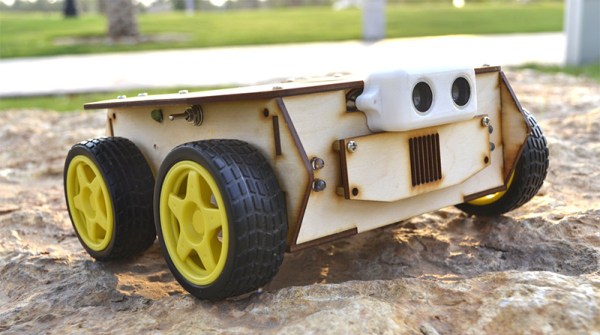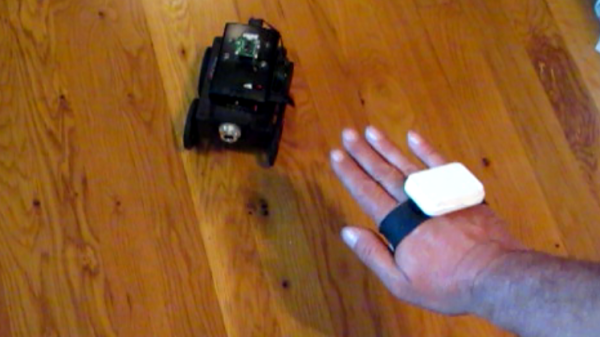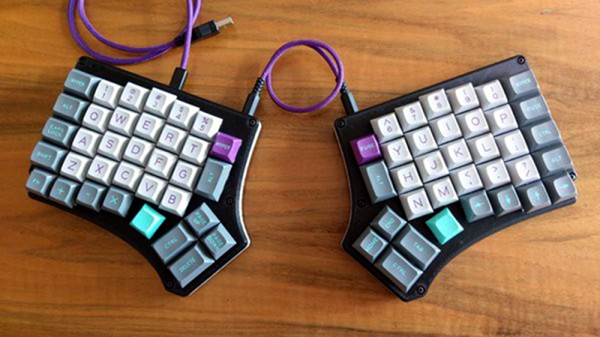Building your own robot is something everyone should do, and [Ahmed] has already built a few robots designed to be driven around indoors. An indoor robot is easy, though: you have flat surfaces to roll around on, and the worst-case scenario you have a staircase to worry about. An outdoor robot is something else entirely, which makes this project so spectacular. It’s the M1 Rover, an unmanned ground vehicle, built around the Arduino platform.
The design goal of the M1 Rover isn’t just to be a remote-controlled car that can be driven around indoors. This robot is meant for rough terrain, and is a robot that can be programmed, can also be driven around by a computer, a video game controller, or custom joysticks.
To this end, the M1 rover is designed around high-quality laser cut plywood, powered by a few DC motors controlled through a dual H-bridge, and loaded up with sensors, including a front-mounted ultrasonic sensor. All the electronics are tucked away in the chassis, and the software is just fantastic. In fact, with the addition of a smartphone skillfully mounted to the top of the chassis, this little robot can became an autonomous rover, complete with a webcam. It’s one of the better robotic rover projects we’ve seen, and amazing addition to this year’s Hackaday Prize.







 Tindie is a marketplace for makers to sell to other makers, hence a natural place for Hackaday.io projects to find an audience. (And many have found success doing so.) For Project to Product, two Hackaday Prize semifinalists will receive support from mentors to transition their hand crafted project into something that can be produced in quantity. In addition to engineering support, there’s also funding (above and beyond their prize winnings) towards their first production run. In exchange, Tindie asks for the first production run to be sold exclusively on Tindie marketplace.
Tindie is a marketplace for makers to sell to other makers, hence a natural place for Hackaday.io projects to find an audience. (And many have found success doing so.) For Project to Product, two Hackaday Prize semifinalists will receive support from mentors to transition their hand crafted project into something that can be produced in quantity. In addition to engineering support, there’s also funding (above and beyond their prize winnings) towards their first production run. In exchange, Tindie asks for the first production run to be sold exclusively on Tindie marketplace.













